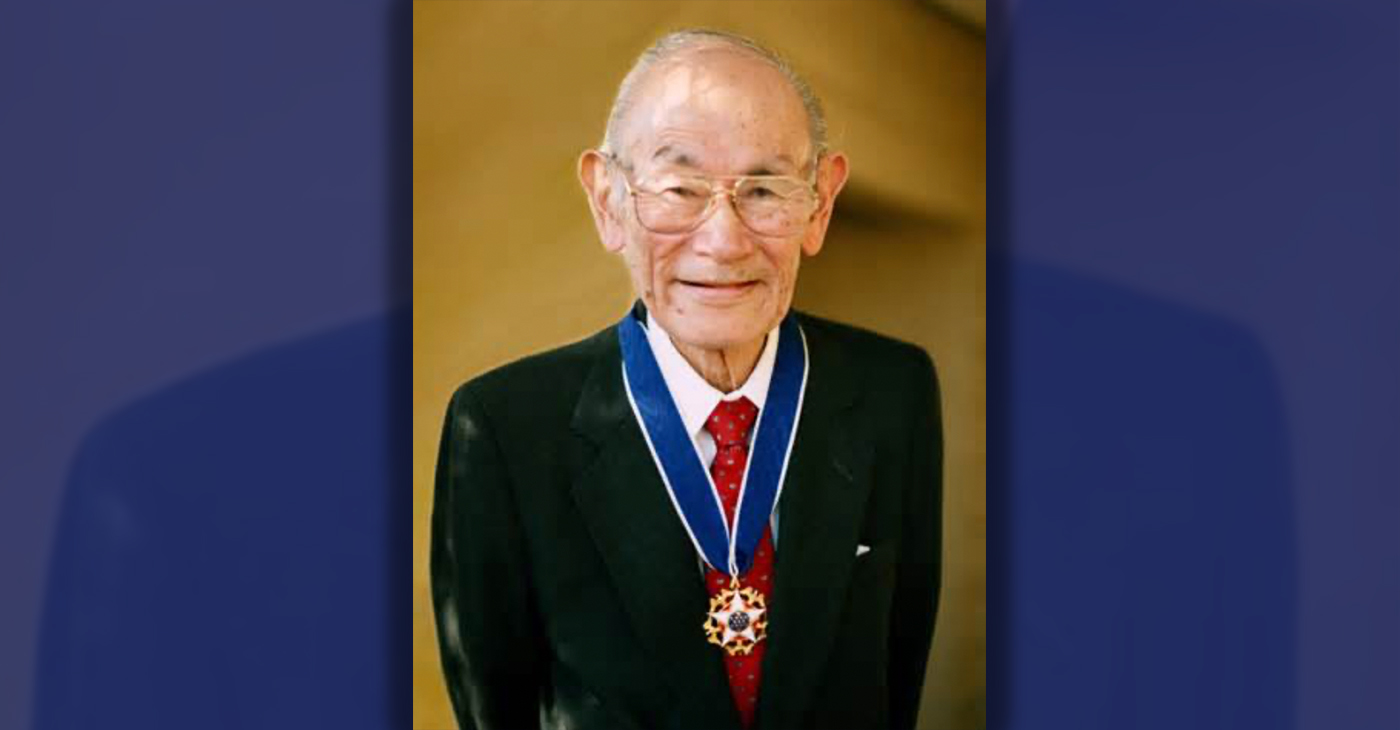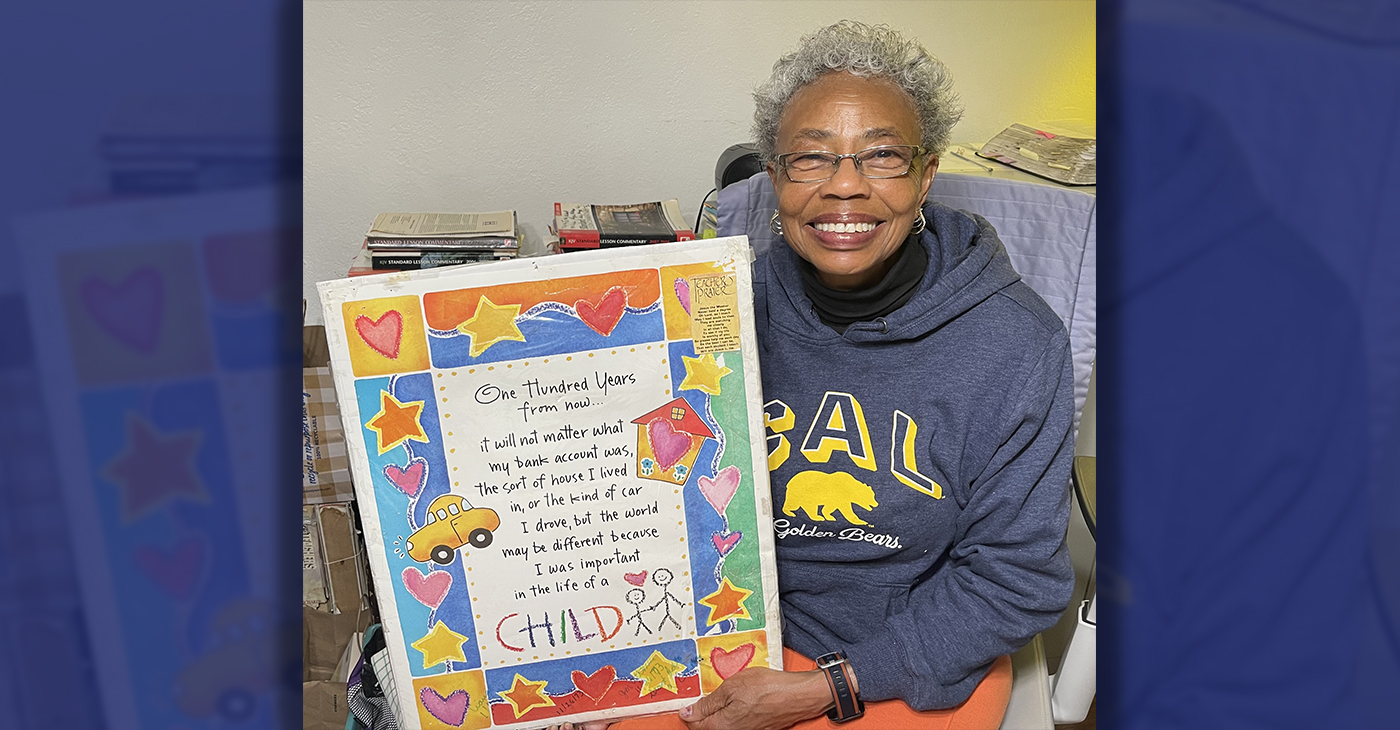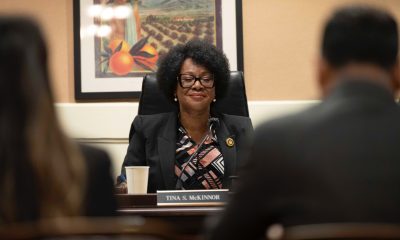Activism
California Awards Ceremony Celebrates the Best of Ethnic Journalism
“Ethnic media has quickly become an increasingly indispensable bridge for communicating with diverse populations within our state,” Gov. Gavin Newsom said at the opening ceremony.

Some 30 ethnic media journalists were honored for their coverage of the epic events of 2020 at a virtual California Ethnic Media Awards ceremony, which took place June 3.
Selected from 235 submissions from reporters working in print, digital, TV and radio (in eight languages), the winners were chosen by judges with language and cultural fluency who know the challenges of working in the sector.
“Ethnic media has quickly become an increasingly indispensable bridge for communicating with diverse populations within our state,” Gov. Gavin Newsom said at the opening ceremony.
“You have worked against enormous odds to make sure our communities were informed about historic news events of the year. You are key to sustaining an inclusive communications infrastructure that knits our communities together when so many forces, as you know well, threaten to drive us apart,” the governor added.
The multilingual awards were sponsored by Ethnic Media Services and California Black Media. Each winner received $1,000 in cash. Entries were submitted in nine categories:
- The 2020 census,
- The COVID-19 pandemic and its disproportionate impact on ethnic communities,
- The economic crisis that exacerbated racial and economic fault lines in California, the rights of immigrants,
- The movement for racial justice sparked by the murder of George Floyd, exceptional reporting on the impact of climate change, the 2020 elections, commentary that serves as a call to action for ethnic audiences, and community media innovation and resilience to survive the pandemic.
“Thank you to all the journalists, reporters, editors, photographers and publishers who work long hours without recognition every day. You are committed to telling stories and covering underreported stories that we would otherwise never hear,” said Regina Brown Wilson, Executive Director of California Black Media.
In their acceptance speeches, the awardees recognized the support of their editors, publishers and families, as well as the challenges of covering ethnic communities disproportionately impacted by COVID-19, racist policies, and hate crimes.
“Words can be deadly, or they can be life affirming. While the idle intellectual elite strive to cancel culture, we are tasked with removing the knee out of the throat of truth and reaffirming and defining journalism in our own image,” said Rose Davis of Indian Voices, awarded for her landmark essay: “The Census and the Fourth Estate,” which advocates for the participation of Native Americans in the census despite centuries of being excluded.
Danny Morrison, winner in the category of English language broadcast TV for his analysis of the Black Lives Matter movement in Bakersfield said that “as an African American man in central California, I’ve always known that we have a lot of work to do regarding the inequities within our ethnicity. That is the reason why my team and I went to prisons, schools, churches, youth groups and more to speak to the underserved and the forgotten because we understand the struggle that in most cases we have lived through.”
Jorge Macias, awarded for his digital coverage of climate change for Univision, recalled how in the last four years, “we all suffered from the denial of climate change, and even in moments of terror in California with these devastating fires, the former president (Donald) Trump said that science didn’t know. This prize means a lot because as human beings we have to battle with that absurd view denying climate change.”
Hosts for the evening were Odette Alcazaren-Keeley and Pilar Marrero, both distinguished veterans of the ethnic media industry. Some 20 elected officials, community leaders, scholars and writers paid tribute to the sector in videotaped remarks.
Sandip Roy, once a software engineer in Silicon Valley, now an award-winning author and journalist in India, said if it weren’t for ethnic media giving him a platform, he wouldn’t be a writer today.
After presenting awards to Chinese, Korean and Vietnamese reporters for stories on issues impacting Black and Latinx communities, Alcazaren-Keeley announced a special judge’s award for cross-cultural reporting. The winner, Jeanne Ferris of News from Native California, documented how the destinies of two groups of people converged when Japanese Americans were incarcerated in World War II on reservation lands.
At the closing of the ceremony, Sandy Close, executive director of Ethnic Media Services, said the coming together of reporters from so many racial and ethnic groups to celebrate not just their own but each other’s work was the real takeaway for the night. “Ethnic media are like fingers on a hand,” she said, quoting Chauncey Bailey, a veteran of Black media killed in 2007 for investigating wrongdoing in his own community. “When we work together, we’re a fist.”
Activism
Oakland Post: Week of April 17 – 23, 2024
The printed Weekly Edition of the Oakland Post: Week of April 17 – 23, 2024

To enlarge your view of this issue, use the slider, magnifying glass icon or full page icon in the lower right corner of the browser window. ![]()
Activism
Oakland Schools Honor Fred Korematsu Day of Civil Liberties
Every Jan. 30, OUSD commemorates the legacy of Fred Korematsu, an Oakland native, a Castlemont High School graduate, and a national symbol of resistance, resilience, and justice. His defiant stand against racial injustice and his unwavering commitment to civil rights continue to inspire the local community and the nation. Tuesday was “Fred Korematsu Day of Civil Liberties and the Constitution” in the state of California and a growing number of states across the country.

By Post Staff
Every Jan. 30, OUSD commemorates the legacy of Fred Korematsu, an Oakland native, a Castlemont High School graduate, and a national symbol of resistance, resilience, and justice.
His defiant stand against racial injustice and his unwavering commitment to civil rights continue to inspire the local community and the nation. Tuesday was “Fred Korematsu Day of Civil Liberties and the Constitution” in the state of California and a growing number of states across the country.
One OUSD school is named in his honor: Fred T. Korematsu Discovery Academy (KDA) elementary in East Oakland.
Several years ago, founding KDA Principal Charles Wilson, in a video interview with anti-hate organization “Not In Our Town,” said, “We chose the name Fred Korematsu because we really felt like the attributes that he showed in his work are things that the children need to learn … that common people can stand up and make differences in a large number of people’s lives.”
Fred Korematsu was born in Oakland on Jan. 30, 1919. His parents ran a floral nursery business, and his upbringing in Oakland shaped his worldview. His belief in the importance of standing up for your rights and the rights of others, regardless of race or background, was the foundation for his activism against racial prejudice and for the rights of Japanese Americans during World War II.
At the start of the war, Korematsu was turned away from enlisting in the National Guard and the Coast Guard because of his race. He trained as a welder, working at the docks in Oakland, but was fired after the bombing of Pearl Harbor in 1941. Fear and prejudice led to federal Executive Order 9066, which forced more than 120,000 Japanese Americans out of their homes and neighborhoods and into remote internment camps.
The 23-year-old Korematsu resisted the order. He underwent cosmetic surgery and assumed a false identity, choosing freedom over unjust imprisonment. His later arrest and conviction sparked a legal battle that would challenge the foundation of civil liberties in America.
Korematsu’s fight culminated in the Supreme Court’s initial ruling against him in 1944. He spent years in a Utah internment camp with his family, followed by time living in Salt Lake City where he was dogged by racism.
In 1976, President Gerald Ford overturned Executive Order 9066. Seven years later, the 9th Circuit Court of Appeals in San Francisco vacated Korematsu’s conviction. He said in court, “I would like to see the government admit that they were wrong and do something about it so this will never happen again to any American citizen of any race, creed, or color.”
Korematsu’s dedication and determination established him as a national icon of civil rights and social justice. He advocated for justice with Rosa Parks. In 1998, President Bill Clinton gave him the Presidential Medal of Freedom saying, “In the long history of our country’s constant search for justice, some names of ordinary citizens stand for millions of souls … To that distinguished list, today we add the name of Fred Korematsu.”
After Sept. 11, 2001, Korematsu spoke out against hatred and discrimination, saying what happened to Japanese Americans should not happen to people of Middle Eastern descent.
Korematsu’s roots in Oakland and his education in OUSD are a source of great pride for the city, according to the school district. His most famous quote, which is on the Korematsu elementary school mural, is as relevant now as ever, “If you have the feeling that something is wrong, don’t be afraid to speak up.”
Activism
WOMEN IMPACTING THE CHURCH AND COMMUNITY
Juanita Matthews, better known as “Sister Teacher,” is a walking Bible scholar. She moved to California from the great state of Arkansas in 1971. Sister Teacher has a passion for teaching. She has been a member of Bible Fellowship Missionary Baptist Church since 1971.

Sister Juanita Matthews
55 Years with Oakland Public School District
The Teacher, Mother, Community Outreach Champion, And Child of God
Juanita Matthews, better known as “Sister Teacher,” is a walking Bible scholar. She moved to California from the great state of Arkansas in 1971. Sister Teacher has a passion for teaching. She has been a member of Bible Fellowship Missionary Baptist Church since 1971. She followed her passion for teaching, and in 1977 became the lead teacher for Adult Class #6. Her motto still today is “Once My Student, Always My Student”.
Beyond her remarkable love for the Lord, Sister Teacher has showcased her love for teaching by working for the Oakland Unified School District for 55 years, all but four of those years spent at Emerson Elementary and Child Development School. She truly cares about her students, making sure they have the tools/supplies needed to learn either at OUSD or Bible Fellowship Missionary Baptist Church.
She’s also had a “Clothes Closet Ministry” for 51 years, making sure her students have sufficient clothing for school. The Clothes Closet Ministry extends past her students, she has been clothing the community for over 50 years as well. She loves the Lord and is a servant on a mission. She is a loving mother to two beautiful children, Sandra and Andre. This is the impact this woman of God has on her church and the community.
-

 Activism4 weeks ago
Activism4 weeks agoOakland Post: Week of March 27 – April 2, 2024
-

 #NNPA BlackPress4 weeks ago
#NNPA BlackPress4 weeks agoCOMMENTARY: D.C. Crime Bill Fails to Address Root Causes of Violence and Incarceration
-

 #NNPA BlackPress4 weeks ago
#NNPA BlackPress4 weeks agoFrom Raids to Revelations: The Dark Turn in Sean ‘Diddy’ Combs’ Saga
-

 #NNPA BlackPress4 weeks ago
#NNPA BlackPress4 weeks agoMayor, City Council President React to May 31 Closing of Birmingham-Southern College
-

 #NNPA BlackPress4 weeks ago
#NNPA BlackPress4 weeks agoBaltimore’s Key Bridge Struck by Ship, Collapses into Water
-

 #NNPA BlackPress4 weeks ago
#NNPA BlackPress4 weeks agoBeloved Actor and Activist Louis Cameron Gossett Jr. Dies at 87
-

 Community1 week ago
Community1 week agoFinancial Assistance Bill for Descendants of Enslaved Persons to Help Them Purchase, Own, or Maintain a Home
-

 Activism3 weeks ago
Activism3 weeks agoOakland Post: Week of April 3 – 6, 2024


















































